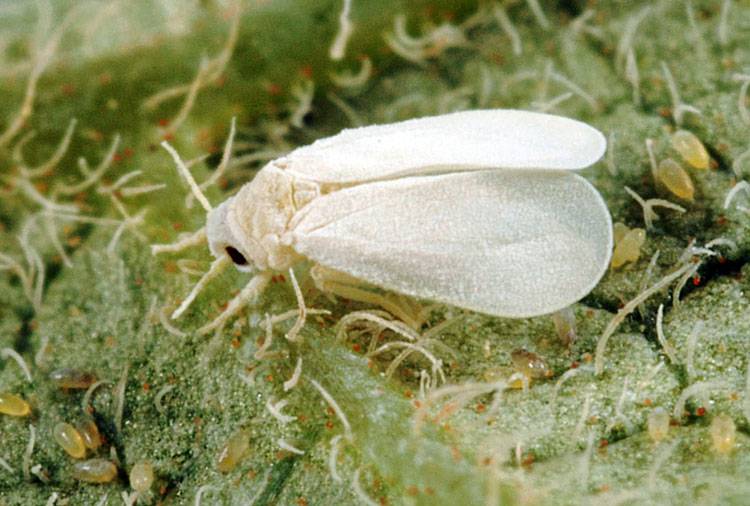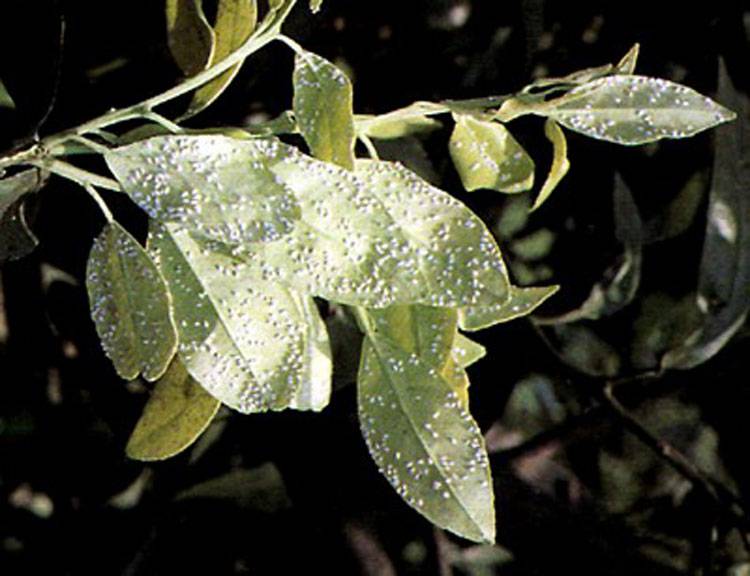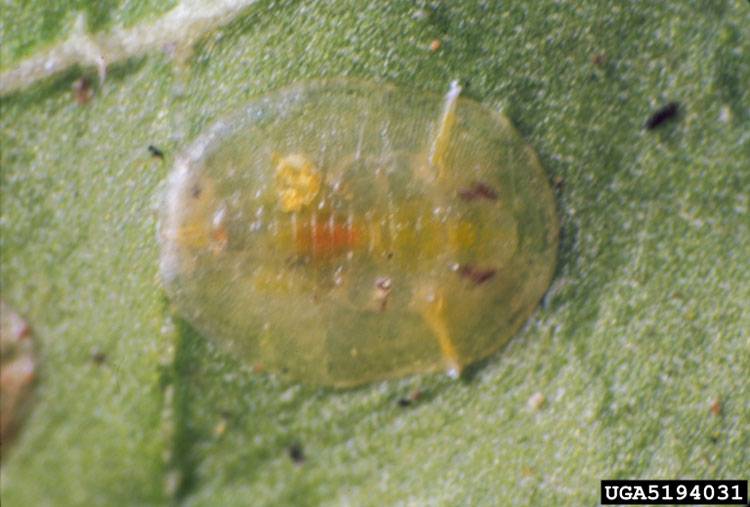Orange
White Fly

White Fly
Dialeurodes citri

White Fly
Dialeurodes citri

White Fly
Dialeurodes citri

White Fly
Dialeurodes citri
Dialeurodes citri, commonly known as the Citrus Whitefly, is a serious pest that thrives on the undersides of citrus leaves, where adult whiteflies lay eggs and larvae quickly settle after inserting their feeding stylets. Unlike some other whiteflies, D. citri shows no strict pattern in egg distribution, leading to widespread infestations across host plants.
Symptoms of Infestation:
Affected citrus trees often display a sticky, transparent honeydew coating that drips onto leaves below. This sugary residue encourages the growth of sooty mould, turning entire canopies black during severe infestations. This not only affects photosynthesis but also reduces the aesthetic and market value of the crop.
Host Range and Impact:
D. citri is polyphagous, attacking around 80 plant species across 30+ families. Its major hosts include Citrus, coffee, persimmon (Diospyros kaki), and various ornamentals, making it a widespread concern for both commercial and ornamental growers.
Life Cycle and Generations:
This pest is polyvoltine, meaning it can have multiple generations per year. While 5–6 generations can occur annually in warm, favorable climates, cooler regions like Spain, Corsica, and Italy report only 1–3 generations due to winter diapause. Host plants also influence generation cycles—privet supports up to three yearly generations, while persimmon only sees one.
Environmental Influences:
-
Ideal conditions for adult emergence:
-
Temperature: 19.5°C to 30.5°C
-
Humidity: Around 65%
-
No rainfall
-
-
Nymphal development is most successful at temperatures 13°C to 27°C, with humidity between 47%–73%.
-
However, rainfall has a suppressive effect, reducing both D. citri populations and their natural predators.
-
Key Takeaway:
Monitoring for early signs—like honeydew or blackened foliage—is essential. Understanding climate impacts and adjusting pest management strategies seasonally can go a long way in reducing whitefly pressure in citrus orchards.
